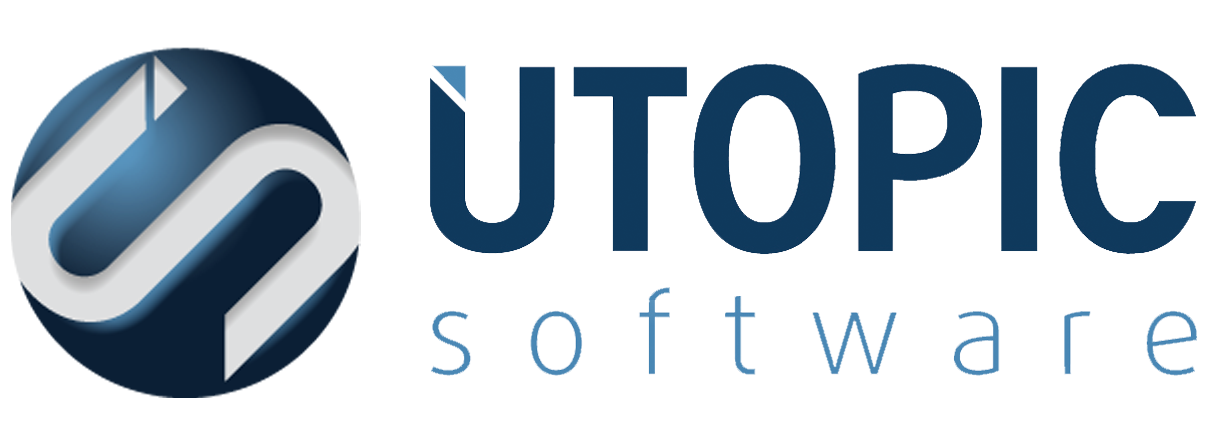Case Study-Self Heal
Case Study-Self Heal
Improving Workspace Transformation through Persystent
Suite’s Self Healing Capabilities
A ROI and TCO Case Study
When users experience an interruption in service due to an operating system, application or software related performance or mis-configuration challenges, automated or on-demand Self-Healing process minimizes end-user interruption and reduce business downtime to less than 45 seconds. The Self-Healing process automates corrective action, repairs the computer back to the last known operational desired state and identifies the root-cause to avoid future repeat service desk incidents. Even security risks, such as malware or unauthorized changes to the computers standard configuration can be repaired to the standard computer configuration state with a simple reboot of the computer. Catastrophic disasters, such as failed hard drives can be recovered to the last known desired state through the Self-Healing process.
Self-healing gets users back up and running in less than a minute (as opposed to an average of 30 minutes using conventional methods)…and a service ticket can be opened and closed in a fraction of the time based on typical help desk metrics. Time saved on each incident transforms into dollars saved. Operational consistency extends the life span of a device and transforms into reduced total cost of ownership. Reduced ticket volume transform into more resources for higher value tasks….and the end user experience is improved.
Self-healing is not a zero-day re-image, but rather an automated action that applies the last known (updated) approved state pre-boot of the operating system. This automatically repairs break/fix issues, because the device is returned to a state where the issue did not exist. The automations deal with the recovery of the compliant/optimized operating system. Based on a company’s unique policies , it does not affect files, profiles or applications.
This automation takes the guess work out of troubleshooting, issue recreation, sandboxing or other resolution tactics because the corrective action happens automatically. The “why” (root causes) can be researched and determined later (using Persystent reporting), when time permits. However, getting the user back to productivity quickly takes precedent.
The overriding benefit is the ongoing optimization and performance maintenance of your end points. Self-healing does this faster and in a more controlled manner. It takes the tinkering and sometimes lengthy hands-on repair which often lead to downtime and probable re-imaging of the box off the table. The goal of this use case is not only the smooth continuous performance of each end point, but reducing the economic impact of repair and restoration.
Our example applies documented Persystent user results as well as industry averages with regard to number of incidents, repair time and help desk salaries. In an 10,000 PC enterprise fleet, it is highly typical to experience an average of 2 incidents/per PC. That’s 20,000 help desk tickets every year. Some are simple fixes and some are serious issues that require more than a few hours to resolve. In all, for a company this size, it is not unusual to spend upwards of three quarters of a million dollars each year. Now this figure does not even include the productivity losses with regard to downtime. Let’s say an average ticket resolution time is 30 minutes. If self-healing can not only reduce that down to two-three minutes– regardless of the severity of the break/fix issue–and this includes the opening and closing of a help desk ticket–what does that mean to the bottom line?. In the time it takes to reboot a machine, the issue is resolved because self-healing returned the machine to the last known ideal state without having to re-image or revert to Day Zero settings. This is a 90% reduction in time. In our example below the 864 thousand dollar spend is reduced to a bit more than 86 thousand dollars. And the savings expand over the next successive years because break/fix issues increase (on average) about 5% year over year based on age and OS fatigue during 3-4 year activity cycle. This ratio is applicable to companies with 200 PCs or 200,000.
Automation is a huge boon to the TCO of a companies IT budget and to the ongoing performance of its assets. Self-healing It is a major component of the workspace transformation model. The following figures are based on:
- Known Persystent Suite client results
- Accepted industry averages (IT technician/help desk salary, incidents per device)
- Enterprise with 10,000 managed/distributed PCs, but percentiles are still valid with both smaller and larger fleets
- The severity/frequency of break/fix issues increase (on average) about 5% year over year based on age and OS fatigue during 3-4 year activity cycles.

Ready to get started?
If you have any questions, suggestions or requests, please contact us.
